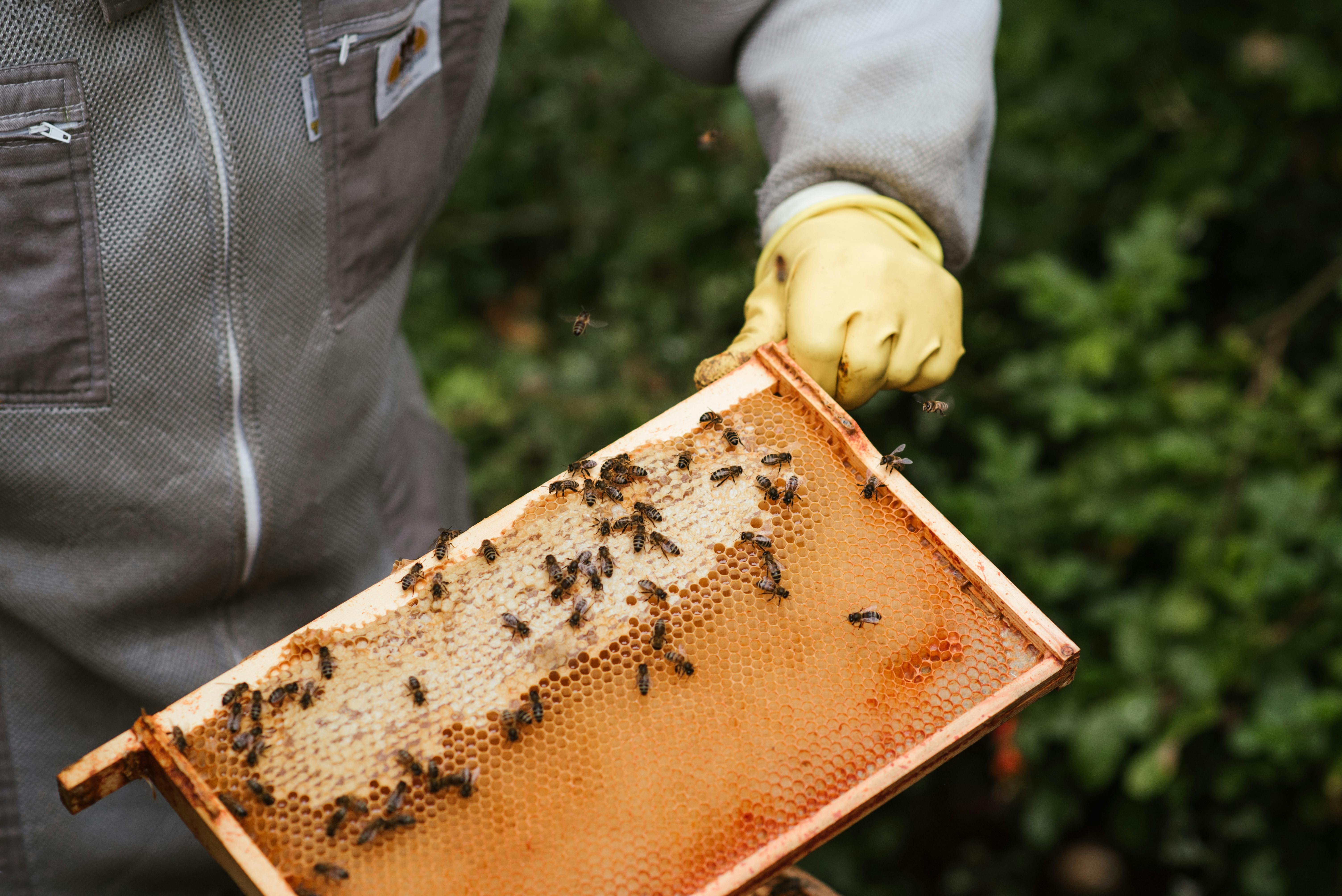The good news is that it’s safer than the Extreme Sports image would have you think. Of all the so-called Extreme Sports, paragliding has perhaps the widest range of participants. In Japan, you’ll find old people serenely gliding down the slopes of dormant volcanoes. Through the Alps in France, you might see daring youngsters pushing the limits of their abilities and their paragliders as they fly cross-country in challenging conditions.
Have you never flown paragliding, neither alone nor in a two-seater? Looking forward to just “trying it out” but still not sure if you really want to play it as a sport? If the answer to both questions is ‘yes’, then this article is for you.
Advertisers of paragliding adventure holidays take advantage of the news of the sport good safety record. You may see lines like this:
“Bali Adventure Paragliding is safe and a totally new experience not to be missed.”
Well the second part is totally true, the first could be overlooking the occasional sprained ankle or bruise from beginners attempting their first few landings. But in ideal tourist flight conditions, yes, it is quite safe! And of course, you can’t go wrong if you’re under a tandem wing with one instructor doing all the flying.
Now, of course, every sport has its risks. Also, aviation in general has its risks. So paragliding, being an adventure sport and a form of aviation, also has a degree of risk. However, when it comes to safety, the aviation side of paragliding is of paramount importance. All pilots are trained to operate their aircraft safely, minimizing potential risks. In some cases, it is a matter of pure judgment, such as during an approach and landing. Or it could mean sticking rigidly to a checklist as you prepare to leave the ground. The joy of flying, year after year after year, is the reward for doing it right.
It has been said that paragliding is only as safe or dangerous as the pilot does it. There is a lot of truth to this, at least from a couple of angles. First, the pilot chooses in which conditions to fly. Second, he chooses how far to extend his piloting skills. Now let’s make an analogy with driving a motor vehicle.
A learner driver may choose to drive around the back blocks for a bit, or head straight for the freeway at rush hour. That’s choosing to drive terms.
Second, he or she may choose to observe speed limits and traffic signs, or put the pedal to the metal while going through red lights and passing everyone on the road. That’s choosing how far to drive skills they are pushed!
Just for a moment, let’s consider what the more dangerous thing about paragliding could be. Many years of experience have led some instructors to believe that this is in fact the ease with which people can learn to paraglide! After learning the basics fairly quickly, some beginners can start to think they know a lot more about flying than they really do. This can lead to overconfidence and increased risk taking. The only way to get really good at flying safely in more challenging conditions is to fly often, over a long period of time.
For whatever reason, people who have a passing interest in paragliding also have an interest in Statistics of sport Particularly deaths count. Fair enough, I guess we all instinctively try to assess our risk of dying when trying something new and exciting! So first let’s eliminate death and gloom. The numbers are quite reassuring, given the many, many thousands of people who fly and the flight hours they accumulate.
Horse riding and paragliding statistics make an interesting comparison. And…you guessed it, more people die from being thrown from a horse than from crashing a paraglider!
In a similar vein, I came across an insurance report listing paragliding deaths per participant be less than riding a motorcycle. Now that doesn’t surprise me, I’ve never trusted those things! 😉 Motorcycles, that is.
Another outdoor activity that compares to paragliding in terms of injury rate per participant It’s a snowmobile. of which I know nothing, from The Great Dry Flat Land, Australia. 🙂
Although there are quite a few thousand active paragliding pilots in the US during 2005, only 3 people were killed in paragliding accidents. This continued a trend towards less Paragliding deaths each year in the US
Now, to be exact and truthful, the situation in Europe it’s been much worse in recent years, in terms of total deaths. But in Europe there many times as many active pilots as there are in the US and a large percentage of them are ‘pushing the limits’ by flying in challenging weather over very challenging terrain. The Alps, no less! As a beginner, you No fits into that category, so those particular stats shouldn’t concern you.
Enough of the deaths and dying, now I will refer to a couple of statistics from the USA. In 2005, there were only 50 reports of paragliding related accidents, the lowest in 5 years. Also in 2005 in the US, 32 pilots or passengers sustained paragliding injuries. 15 of these people required an overnight stay in the hospital.
Browsing through some material the other day I came across a tandem pilot who has flown many passengers over the years. In all his more than 350 hours of tandem flying, he has never had an injured passenger. This should give you a good feeling, as a great way to “try out” paragliding is to fly a tandem paraglider. The pilot is behind, the passenger hangs in front. Air in your hair, and views to die for… ooops… I mean really In fact magnificent views! :-EITHER



